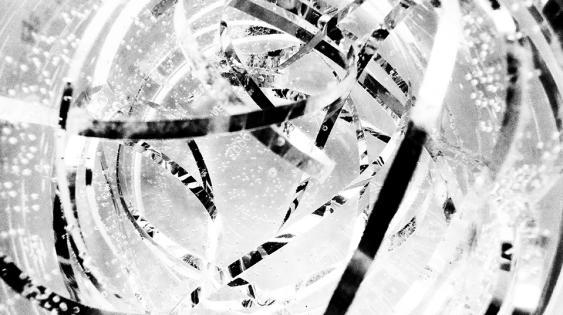Dramatic Interpretations of Light
For centuries, cultures have acknowledged and studied the powerful interactions of light. Beginning as stories of creation, evolving through the sciences and technologies of today, the interactions of light have always produced everlasting, profound emotional responses within us. While design generally incorporates light, the artist may shortsightedly not always acknowledge the importance of light as a valuable instrument.
The designer can use the subjective and objective qualities of light to help explore new methods and forms of execution in design. Light can be a calculus and an empirical study, while at the same time serving as a guide to developing metaphorical and symbolic representations of our world. Given the wide range of ways that light interacts with objects and space, experimentation and analysis of the ways in which light behaves can yield inventive design processes.
Exploring possible forms of light in thoughtful ways creates the potential for new interpretations of designed content. Such exploration can help the designer build a stronger visual vocabulary, and may yield different and unexpected outcomes. Through light investigations the designer is invited to work with materiality, to engage in the physical manipulation of forms, and ultimately to discover new image-making methods that enrich the experience of investigative design research.

